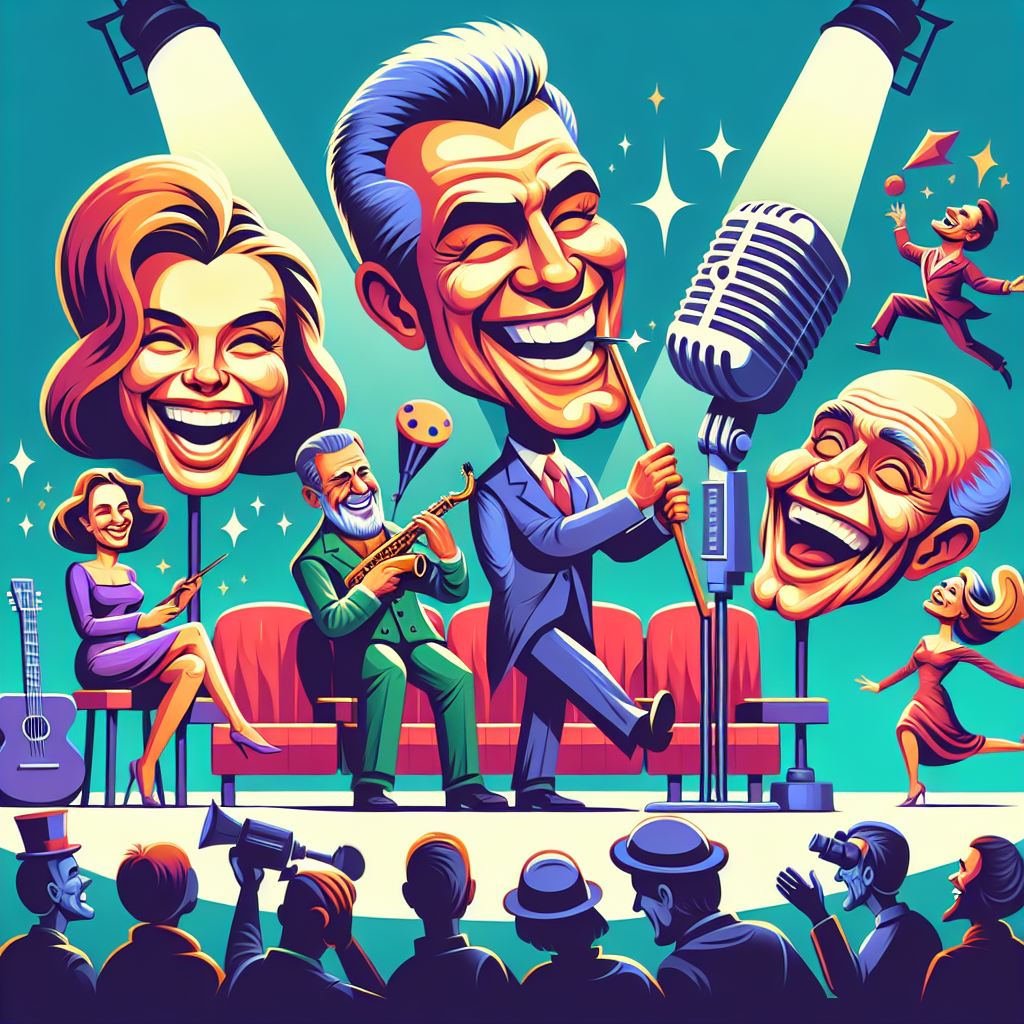Unveiling the Secrets of Movie Magic: Why Every Film is a Miniature Wonderland

Unveiling the Secrets of Movie Magic: Why Every Film is a Miniature Wonderland
Have you ever left a movie theater buzzing with excitement, your mind racing with thoughts of cinematography, storytelling, and the incredible visual effects that brought the tale to life? If you’re a film enthusiast, you know there's more than meets the eye behind every scream, laugh, and tear. In this article, we’ll explore the enchanting world of movie magic, uncovering the techniques, technologies, and artistic choices that make films truly captivating. This journey will not only deepen your appreciation for cinema but might also inspire you to create your own miniature cinematic wonderland right at home!
Why Movie Magic Matters: The Spellbinding Importance
The artistry of filmmaking is one of the most collaborative endeavors in the entertainment industry. Just like a delicious cake requires various ingredients—from flour to sugar to egg—creating a successful film needs the unique talents of writers, directors, actors, cinematographers, and countless others. Consider iconic films like "The Wizard of Oz," where the seamless blend of vibrant colors, special effects, and musical numbers transported audiences into a dreamlike world. Or think about recent blockbusters like "Inception," where mind-bending visuals and complex narratives keep viewers at the edge of their seats, questioning reality itself.
So why does this matter? Movies shape our culture, influence our emotions, and can even alter our perspectives on life. They reflect societal values, challenge our beliefs, and provide an escape from everyday monotony. Whether it's a heartwarming story or an adrenaline-fueled action flick, every film aims to evoke an emotional response. And let’s not forget the value of a good laugh or a cathartic cry; it’s all part of the cinematic experience!
Core Concepts of Movie Magic: Crafting the Illusion
At the heart of movie magic lies a combination of storytelling, visual splendor, and sound design, creating an immersive experience. Here are some of the core components that swirl together to create unforgettable films:
Storytelling: The Art of Narrative
At its core, every film tells a story. This narrative can range from a simple love tale to a multi-layered psychological thriller. Screenwriters often draw from archetypes and familiar plot structures, such as the hero’s journey, to hook audiences. Take "Star Wars," for example—George Lucas weaved a classic tale of good vs. evil, resonating across generations. As an aspiring filmmaker, consider what story you want to tell and how you can make it resonate with viewers.
Cinematography: Painting with Light
The visuals of a film play a critical role in how we perceive and feel about a story. Cinematographers use lighting, camera angles, and shot composition to create mood and atmosphere. A well-placed shadow can evoke mystery, while vibrant colors might elicit joy. Think about how "La La Land" used brilliant cinematography to capture the magic of Los Angeles and the dream of stardom. Next time you watch a film, pay attention to how each frame is crafted—there’s a painter’s touch in every shot.
Sound Design: The Unseen Star
Many viewers overlook sound design but dismiss it at their peril. Sound effects, music scores, and dialogue all contribute to the emotional layers of a film. Think of the chilling score of "Jaws"—that two-note theme alone can send chills down your spine, signaling danger long before the shark appears. To tap into the power of sound, pay attention to how sound enhances your favorite scenes.
Myths vs. Reality: Busting Movie Magic Misconceptions
Despite the awe of cinema, several myths about filmmaking persist. Here are a few that deserve debunking:
Myth: Movies are all about the script.
Reality: While a great script is crucial, the magic lies in the collaboration of many artists. Direction, acting, and technical elements play equally important roles.Myth: CGI is always better than practical effects.
Reality: While CGI has transformed filmmaking, practical effects (like animatronics or real explosions) often yield more tactile realism. Think about "Jurassic Park"—the blend of animatronics and CGI created a more believable dinosaur experience.Myth: Filmmaking is easy and requires no training.
Reality: The world of film is intricate and demands a myriad of skills, from directing to editing to sound mixing. It’s a craft that often requires years of dedication and practice.
Practical Tips: Create Your Own Movie Magic
Feeling inspired to dip your toes into the world of filmmaking? Here are some practical tips to get you started with your own mini cinematic adventures:
Short Film Challenge: Write a short script—try to keep it under five minutes. Challenge yourself to tell a complete story within that time frame, focusing on a single emotion.
Cinematography Experiment: Grab your smartphone, and shoot a short scene using different angles and lighting. Notice how these changes affect the overall mood.
Soundscaping: Create a soundscape for a scene you’ve written. Use everyday objects to produce sound effects or find royalty-free music online to score your piece.
Watch with a Critical Eye: Next time you watch a movie, take notes on what works and what doesn’t. Try to identify the choices made in cinematography, editing, and sound design.
FAQ: Your Burning Questions Answered
Q1: What is the most critical aspect of filmmaking?
A1: All aspects are important, but a compelling story often holds the most weight. Good storytelling is the foundation of memorable films.
Q2: How can I learn more about filmmaking?
A2: There are numerous resources available, from online courses and books to filmmaking workshops. Engaging with local film communities can also provide valuable insights.
Q3: Do I need expensive equipment to start filming?
A3: Not at all! Many successful filmmakers started with just a smartphone. Focus on storytelling and creativity rather than the price tag of your equipment.
Q4: What genres are easiest to start with?
A4: Short comedies or documentaries can be great entry points. They often rely less on elaborate sets and effects and more on storytelling and character.
Q5: How can I gather a crew?
A5: Start by reaching out to friends, fellow enthusiasts, or local film clubs. Social media platforms are also great for connecting with aspiring filmmakers.
Conclusion: Your Cinematic Adventure Awaits
Now that you’ve uncovered the secrets of movie magic, it’s time to put your newfound knowledge to work. Every film is a miniature wonderland bursting with creativity, passion, and innovation just waiting to be explored. So why not create your unforgettable cinematic experience right now?
What to do right now: - Write a short story that excites you. - Test your filming skills by shooting a scene using your phone. - Experiment with sound effects in your surroundings. - Join a local film group or online community.
Get ready to step into your own movie magic, and who knows? You might just create the next big hit!


